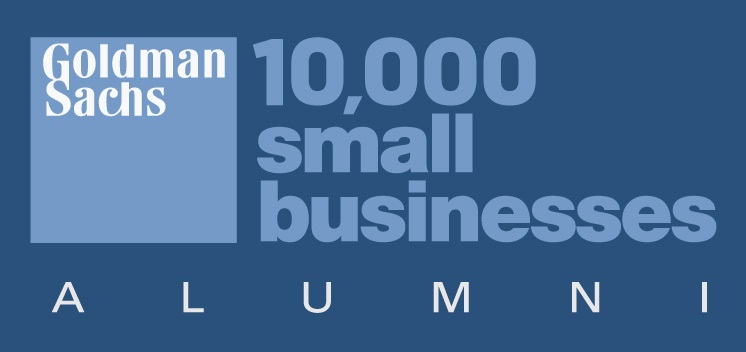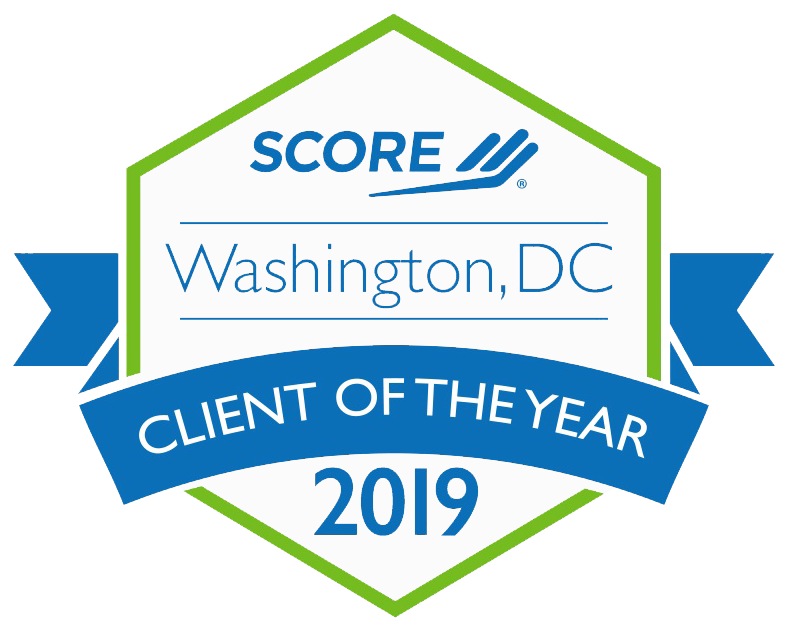Nonprofits can no longer rely on one or two channels to generate revenue. Your audience is in more than one place, so you need to be too! In this day and age, it’s hard to get your message in front of (and heard by) donors and supporters. We live in a constant media whirlwind, and our messages have a tendency to get lost if we don’t position them correctly. But with more media outlets than ever before, we have endless opportunities to experiment and optimize with our marketing efforts. Queue, multi-channel fundraising!
What is multi-channel fundraising?
Multi-channel fundraising is exactly how it sounds — spreading your message across multiple channels and utilizing tactics that will reach your ideal audience, at the optimal time. We live in a time where we’re fortunate to have so many avenues of communication; from direct mail, email, social media, phone, etc.
It’s important to note that while you should utilize a variety of channels to get your message across, this doesn’t mean you should blast it. Messages should be strategic and cohesive across all channels, and tailored to each specific outlet.
So, how do you make the most of your multi-channel fundraising efforts? The following tips will help set you up for success, and execute your multi-channel fundraising efforts efficiently.
Step #1: Establish your fundraising goals.
Before you get started on the leg work, make sure you have a clear goal and vision for your campaign. Set realistic expectations for your target number, and create milestones to help you get there. In addition, know how much you can realistically expect from each channel. For example, if you are experimenting with social media fundraising for the first time, it’s important to know that only 0.7% of organizations raise more than $100,000 through that channel. Be very conservative when you should, and risky when you can.
Step #2: Develop your campaign goals and messaging.
It’s important to note that your campaign goals are different than your fundraising goals. Campaign goals are what you’re looking to accomplish through your fundraising efforts. So for example, you might ask yourself, “What will we achieve by raising $100k for my local foundation?” Putting X and Y numbers out on the table will help keep you on track to achieve your goals, just like any other campaign.
Step #3: Define your messaging.
Messaging should be optimized for each channel, as each channel has a different premise for how it’s used. Think about the different social media channels as an example. Instagram is used as more of a visual space, where Twitter is designed to be straightforward and concise. Think about the way messaging is different on each platform, and use that to your advantage. Regardless of the channel, make sure you’re telling a story that is captivating, and explain how their donation will benefit the organization, the program, and those sered. Donors should be able to see what tangible impact they’re making, and will be more likely to donate if it’s clear.
Step #4: Identify where your donors are.
Think about where you’re most likely to capture a donor’s attention. Depending on the industry and demographics/psychographics of your donors, some channels may be more beneficial than others. For example if you’re looking to capture donations from an older generation, you might benefit from email more than social media. If you’re looking to capture donations from a younger generation, social media might be a good route.
Step #5: Create a timeline.
A calendar is the key to project management! Creating dates for milestone completions is a great way to help keep your multi-channel fundraising efforts on track. Make sure you include time for drafting, editing, and executing your messages, and include enough flexibility for when inevitably, speed bumps will occur.
Need help overseeing your multi-channel fundraising efforts? Project management is one of our specialties here at RBW Strategy! We’ll take the reigns and ensure your project is completed on time, within budget, and in the most stress-free way possible. Visit our services page to learn more!





